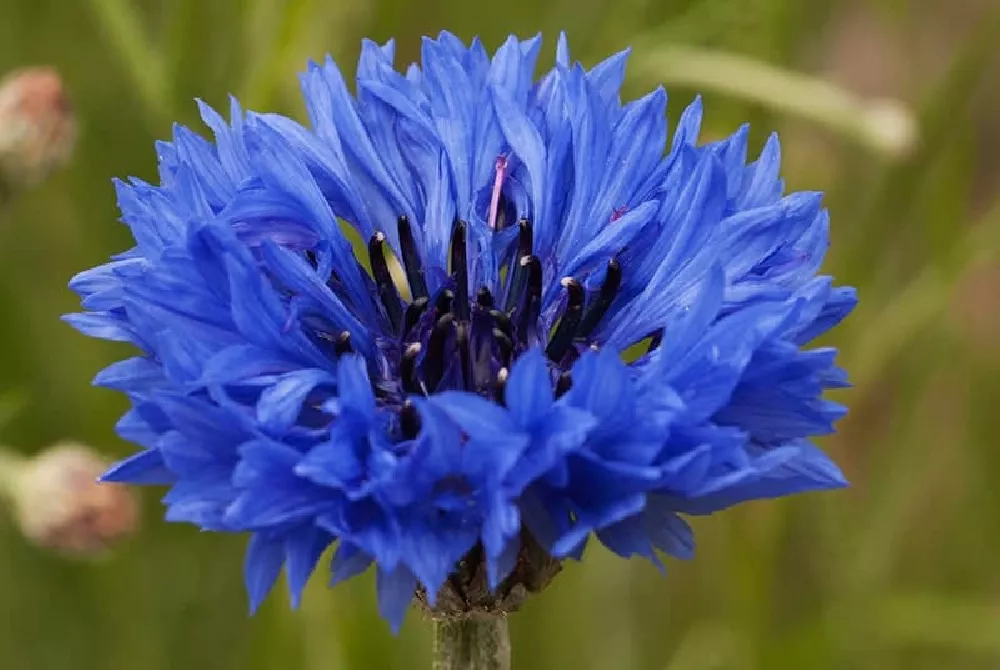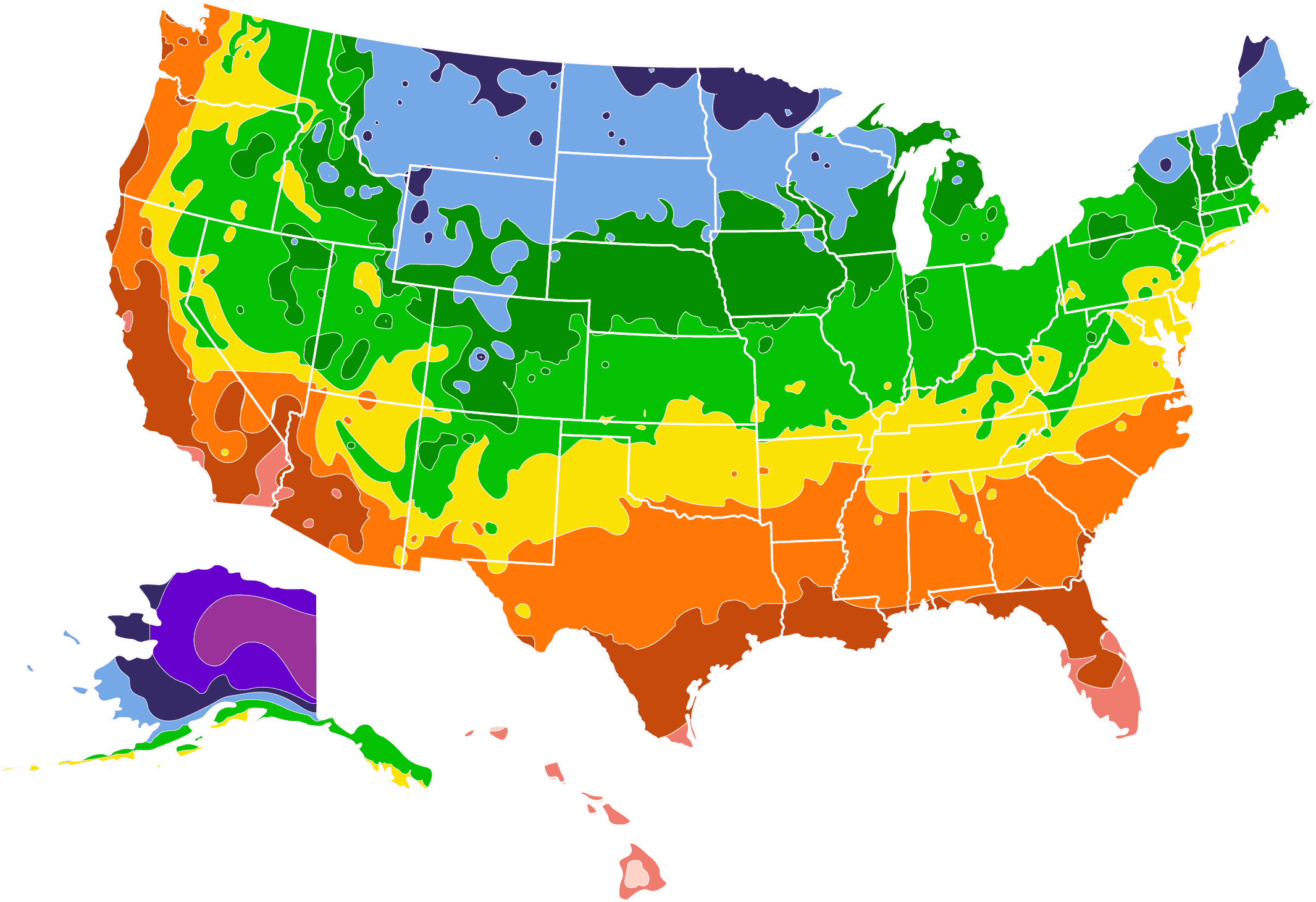- Home >
- Ornamental Plants >
- Creeping Figs
Creeping Figs for Sale - Buying & Growing Guide
The creeping fig is a member of the Ficus genus, and is a dual purpose, split-personality plant. When grown as a houseplant the creeping fig is best known for its use as a topiary plant. It is delicate, easy to grow, hardy, and well behaved, easily adjusting to and beautifying whatever it is planted in or on. It is also lovely when grown outdoors and serves as an effective way to camouflage defects and beautify fences and unsightly walls. But this evergreen is far more aggressive when outside. It climbs structures in a way that can cause permanent damage, and once in place is very difficult to remove. Here are some other characteristics of creeping fig plants:
- Grows happily indoors as a houseplant.
- Is available in a variety of colors and leaf sizes.
- Grows vigorously outdoors in USDA zones 8 or higher.
Planting and Care
Planting instructions
Indoors, the creeping fig requires bright, indirect light and aerated potting soil or peat-based soil that drains quickly andt is kept slightly moist. The best way to tell whether your plant needs water is to touch the top of its soil, and water once it feels dry. Another sign of inadequate water is dropping leaves. It does not tolerate drafts well and needs to be misted on occasion. If the air is too dry its leaves will brown at the edges. It will climb on a topiary form, but because their growth pattern is naturally aggressive a potted plant will need to be moved to a larger container or split into new plants every few years. To keep the plant small, prune its roots as well as its foliage.
Outdoors, the plant will grow vigorously as long as it is in USDA hardiness zones 8 or higher but will not survive colder climates. It will stick to any surface including walls, fences, and poles, so it is important to think carefully when choosing a location. Creeping fig can easily climb and kill a tree or pull down an unstable wall or fence. It will thrive in full to partial sun and a single plan can grow as high as 20 feet up a fence or horizontally as long as 25 to 30 feet.
Watering and nutrients
A creeping fig grown as a houseplant requires moist soil, especially when it is young and becoming established. As it matures it can tolerate less frequent watering, waiting until the surface of the dirt is dry to the touch before giving it a deep watering. It is important to ensure that the roots do not sit in water. The plant requires less water in the winter than the summer, but benefits from adding humidity either by taking it into a steamy bathroom or misting it once a week.
The outdoor plant’s requirements are similar to one that is kept indoors. Young vines require frequent watering to allow its roots to get well established, and after that it will prove itself able to survive drought conditions.
The houseplant will flourish if provided a regular feeding of diluted liquid fertilizer during its growing season, but the outdoor plant is easier to manage if soil is less fertile and rich.
Propagation
In nature, the only way for a creeping fig to propagate is with the help of a fig wasp. Fortunately, we can easily propagate it by taking stem cuttings just before the plant’s growing season starts. The cutting can be placed directly into a sterile potting mix kept warm and moist in a bright spot with indirect light until new growth appears, at which point the plant can either be repotted into the container where it will live for the next few years or planted in the ground.
Pruning
Creeping fig will stand up to aggressive pruning, and generally benefits from it. The indoor plant can have both its greenery and its roots pruned back to keep them small. Outdoors a mature plant’s stems become very woody and its leaves tough and darker. Pruning these woody and tough pieces back will generate younger, brighter looking leaves and more vigorous growth.
Pests and diseases
Though remarkably hardy and resistant to diseases and fungus, the creeping fig is vulnerable to aphids, mealybugs and spider mites. These pests are best addressed with insecticidal soap or soap and water indoors and can be knocked off with a thorough hosing outdoors.
FAQs
Is creeping fig poisonous?
Care needs to be taken when pruning a creeping fig, as it releases a milky sap that is a serious skin irritant that causes a skin condition called phytophotodermatitis. If cats eat the leaves of the creeping fig it can lead to vomiting and brushing up against it can cause skin irritation. Interestingly, the plant produces fruit when grown outside. Though it is generally thought to be inedible, it can be made into a gel frequently sold in Asian markets.
Does creeping fig produce flowers?
Only creeping figs that are grown outdoors produce flowers, and even then only rarely.









